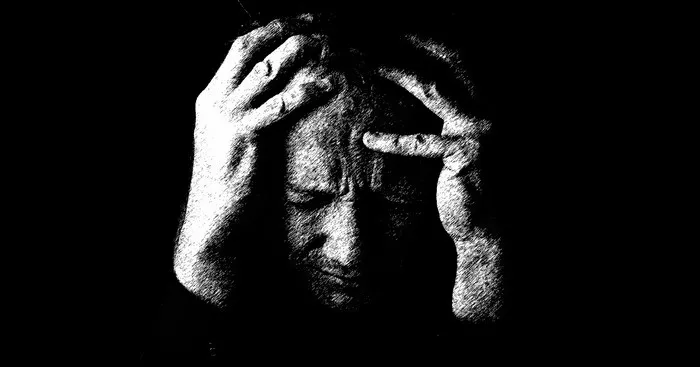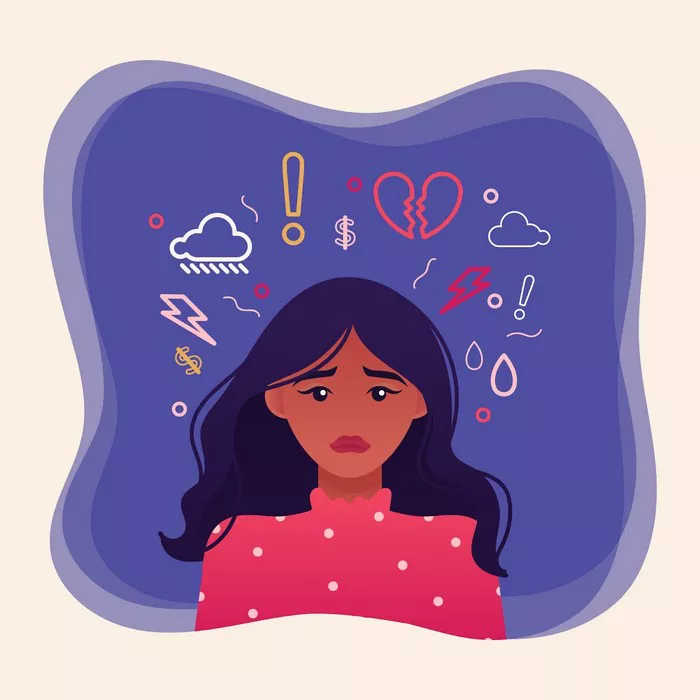Tri-polar disorder, also known as tristate bipolar disorder or multipolar disorder, is a complex mental health condition characterized by mood swings that oscillate between three distinct poles: mania, depression, and a third state that may vary among individuals, such as irritability, mixed states, or even normal mood. While bipolar disorder traditionally involves two mood states (mania and depression), tri-polar disorder adds an additional layer of complexity to the spectrum of mood disorders. In this comprehensive article, we delve into the intricacies of tri-polar disorder, including its symptoms, causes, diagnosis, treatment options, and management strategies.
Understanding the Three Poles
Tri-polar disorder is distinguished by the presence of three primary mood states:
Mania: During manic episodes, individuals may experience heightened energy levels, euphoria, impulsivity, and a decreased need for sleep. They may engage in risky behaviors, exhibit rapid speech, and have grandiose thoughts or delusions.
Depression: Depressive episodes in tri-polar disorder mirror those seen in bipolar disorder and major depressive disorder. Symptoms may include persistent sadness, loss of interest or pleasure in activities, changes in appetite or weight, fatigue, feelings of worthlessness or guilt, and thoughts of suicide.
Third State: This third state varies among individuals and may include symptoms such as irritability, agitation, anxiety, dysphoria, or mixed features combining elements of both mania and depression. Some individuals may even experience periods of normal mood between episodes.
Understanding the distinct characteristics of each mood state is crucial for accurate diagnosis and effective management of tri-polar disorder.
Symptoms and Diagnostic Criteria
Diagnosing tri-polar disorder requires careful evaluation of symptoms and their duration, as well as ruling out other possible causes. Common symptoms include:
1. Fluctuations between the three mood poles
2. Intense mood swings that disrupt daily functioning
3. Impulsivity and risky behaviors during manic episodes
4. Feelings of hopelessness and despair during depressive episodes
5. Changes in sleep patterns, appetite, and energy levels
6. Difficulty concentrating and making decisions
7. Suicidal thoughts or behaviors
Diagnostic criteria for tri-polar disorder typically follow guidelines established for bipolar disorder, with modifications to accommodate the presence of the third mood state. Mental health professionals may use standardized tools such as the DSM-5 (Diagnostic and Statistical Manual of Mental Disorders, Fifth Edition) or the ICD-10 (International Classification of Diseases, Tenth Revision) to aid in diagnosis.
Causes and Risk Factors
The exact cause of tri-polar disorder remains elusive, but it is believed to result from a combination of genetic, biological, and environmental factors. Some potential contributors include:
Genetic predisposition: Individuals with a family history of bipolar disorder or other mood disorders may be at increased risk.
Neurochemical imbalances: Imbalances in neurotransmitters such as dopamine, serotonin, and norepinephrine are thought to play a role in the development of mood disorders.
Brain structure and function: Differences in the structure and function of certain brain regions involved in mood regulation, such as the prefrontal cortex and amygdala, may contribute to the onset of tri-polar disorder.
Environmental triggers: Stressful life events, trauma, substance abuse, and disruptions in circadian rhythms can trigger mood episodes in susceptible individuals.
Understanding these potential causes and risk factors can inform prevention efforts and guide personalized treatment approaches for individuals with tri-polar disorder.
Treatment Options
Treatment for tri-polar disorder typically involves a combination of medication, psychotherapy, lifestyle modifications, and self-care strategies. Key treatment modalities include:
Medication: Mood stabilizers, antipsychotics, antidepressants, and other psychotropic medications may be prescribed to help stabilize mood, reduce symptoms, and prevent relapse.
Psychotherapy: Cognitive-behavioral therapy (CBT), dialectical behavior therapy (DBT), and other forms of psychotherapy can help individuals develop coping skills, regulate emotions, and improve interpersonal relationships.
Lifestyle modifications: Adopting healthy lifestyle habits, such as maintaining a regular sleep schedule, engaging in regular exercise, avoiding alcohol and drugs, and practicing stress management techniques, can help manage symptoms and promote overall well-being.
Supportive interventions: Support groups, peer counseling, and educational resources can provide individuals and their families with valuable support, encouragement, and information about managing tri-polar disorder.
Hospitalization: In severe cases or during acute mood episodes, hospitalization may be necessary to ensure safety, stabilize symptoms, and provide intensive treatment and monitoring.
Management Strategies and Prognosis
Managing tri-polar disorder requires ongoing vigilance, patience, and collaboration between individuals, their families, and mental health professionals. Some effective management strategies include:
1. Regular monitoring and adjustment of medication regimens
2. Psychoeducation about the nature of the disorder and how to recognize early warning signs of mood episodes
3. Development of a personalized wellness plan outlining strategies for coping with stress, managing mood swings, and preventing relapse
4. Building a strong support network of family, friends, and healthcare providers
5. Engaging in self-care activities that promote physical, emotional, and spiritual well-being
While tri-polar disorder can be challenging to manage, with proper treatment and support, many individuals are able to lead fulfilling and productive lives. However, it is essential to recognize that the course of the disorder can vary widely among individuals, and ongoing monitoring and adjustments to treatment may be necessary to optimize outcomes.
Conclusion
Tri-polar disorder represents a unique and complex form of bipolar disorder characterized by mood swings between three distinct poles: mania, depression, and a third mood state. By understanding the symptoms, causes, diagnosis, treatment options, and management strategies associated with tri-polar disorder, individuals, their families, and mental health professionals can work together to effectively manage the condition and improve quality of life. Continued research into the underlying mechanisms of tri-polar disorder and the development of targeted interventions hold promise for further advancements in its diagnosis and treatment.
[inline_related_posts title=”You Might Be Interested In” title_align=”left” style=”list” number=”6″ align=”none” ids=”2999,2992,2976″ by=”categories” orderby=”rand” order=”DESC” hide_thumb=”no” thumb_right=”no” views=”no” date=”yes” grid_columns=”2″ post_type=”” tax=””]
































